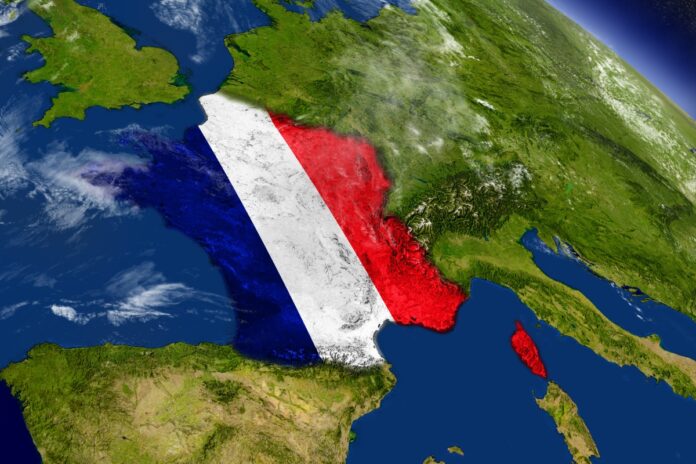It is part of the €100 billion stimulus package announced by the French government.
Prime Minister Jean Castex described the plan as having “historic ambition and scope,” adding, “In proportion to the national wealth, it is the most massive recovery plan announced to date among the major European countries.”
He said the money was needed to help France regain its pre-Covid level of wealth by 2022.
Accelerating progress
France was lagging in fibre rollout compared to its neighbours when the government launched the Plan France Très Haut Débit in 2013.
It is now middle-ranking according to the latest figures from the FTTH Europe Council with a 25.6% penetration rate as of September 2019, and holds the European record for the fastest build out ever, adding 3.5 million premises in 12 months.
By comparison Spain has the highest fibre density of any large European country at 56.8%, while the other larger economies flounder at towards the bottom with the UK at 2.8%, Germany at 3.3%, and Italy at 4.1%.
With the this stimulus package and a strong political will, particularly to bring coverage to badly served rural areas, it looks like it will be progressing up the ranks pretty quickly.
Where’s the money from?
Some 40% of the stimulus package will be provided by the European Union’s €750 billion Recovery Fund agreed in July.
The remaining €60 billion will come from the state and the Banque Publique d’Investissement — a publicly-funded investment bank.
Castex reiterated that the government has ruled out raising taxes on households and businesses which would “weaken growth” and that the stimulus package would therefore see the country’s public debt increase, but he said the government expected “a very quick return on investment”.
The French stimulus package will need to be approved by Brussels and other EU members.



